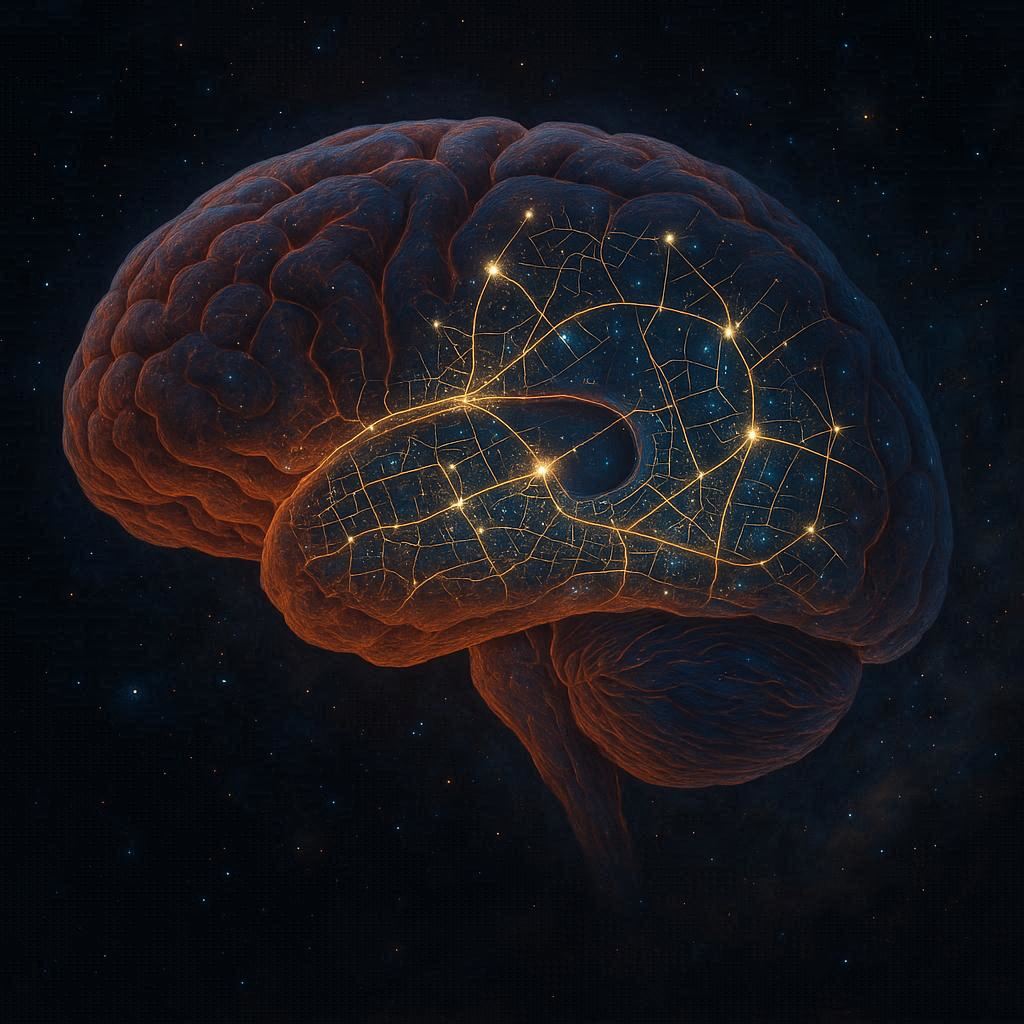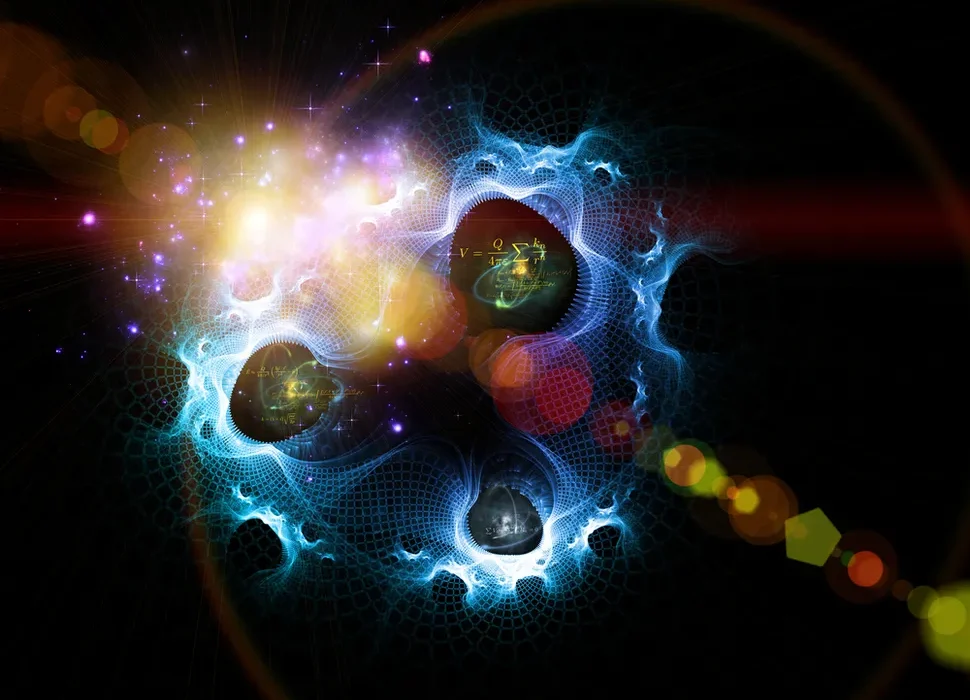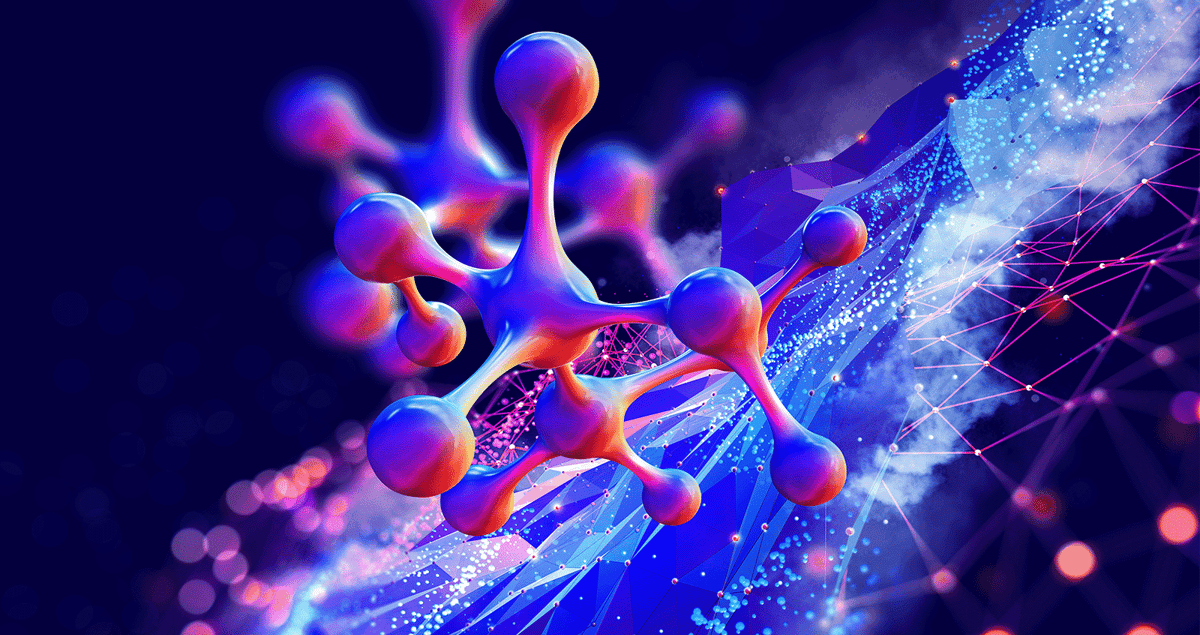Close your eyes for a moment and picture the street where you grew up. Perhaps you see the house you lived in, the path to school, the park where you played. The image emerges effortlessly, as though your mind carries a secret map of places etched into its fabric. This quiet miracle happens thanks to one of the brain’s most extraordinary systems: the place cells of the hippocampus. Hidden deep in the folds of your temporal lobes, these specialized neurons form the foundation of spatial memory, enabling you to navigate the world, recall the rooms of your childhood, and imagine paths you have never yet traveled. To understand place cells is to glimpse how the brain weaves experience into the architecture of memory.
The Hippocampus: A Seahorse of Memory
The hippocampus, whose name comes from the Greek word for “seahorse” because of its curved shape, has long fascinated neuroscientists. Nestled within the medial temporal lobe, it is a hub for memory formation, particularly episodic memory—the record of personal experiences tied to time and space. Damage to this region often results in profound amnesia, stripping away the ability to recall events or to navigate familiar places.
For centuries, the workings of the hippocampus were mysterious. Its intricate layers of neurons seemed to whisper secrets of memory, but the code remained elusive. It was only in the latter half of the twentieth century that researchers uncovered a remarkable discovery: certain neurons fired only when an animal occupied a particular location in its environment. These neurons, now known as place cells, revealed that the hippocampus contained an internal map of space—a biological compass guiding the organism through life.
The Discovery of Place Cells
In 1971, neuroscientists John O’Keefe and Jonathan Dostrovsky at University College London implanted electrodes into the hippocampus of rats as they roamed around an enclosure. They observed something astonishing: individual neurons fired specifically when the animal stood in one spot but fell silent when the animal moved elsewhere. Each cell seemed to prefer its own “place.” O’Keefe realized he was witnessing a neural map of space. He called these neurons “place cells,” and the collection of their activity a “cognitive map.”
This discovery revolutionized neuroscience. For the first time, it became clear that the brain builds an internal representation of the environment, not simply a passive recording of sensory inputs. Place cells were not responding to light or sound directly but to abstract spatial information, as though they knew where the animal was. For this insight, O’Keefe would later share the Nobel Prize in Physiology or Medicine in 2014 with May-Britt and Edvard Moser, who discovered related cells in a nearby brain region.
The Map of Experience
Each place cell is tuned to fire when the individual enters a specific location. For one cell, it may be the corner of a room; for another, the center of a hallway. Together, thousands of place cells form overlapping networks that represent every part of an environment. The map is flexible and dynamic, adjusting as we explore new settings or encounter obstacles.
Importantly, this is not a rigid, grid-like map. Place cells are influenced by context, meaning the same physical space can be represented differently depending on circumstances. The room where you eat dinner will recruit a different pattern of place cell activity than the same room during a birthday party, because the brain encodes not only location but also the meaning of that location within experience.
In humans, place cells allow us to recall the house we once lived in or to navigate through a city without a guide. They are why you can close your eyes and mentally walk from your bedroom to your kitchen, turning at the right hallway and stopping at the right doorway, even without moving your body. The hippocampus creates not only a record of space but also an imaginative stage where memories unfold.
The Theater of Memory
What makes place cells extraordinary is that they do not simply fire when we are physically present in a location—they also activate when we remember or imagine being there. Functional brain imaging and recordings in patients undergoing neurosurgery have shown that hippocampal neurons light up when people recall past experiences or picture future journeys. In essence, place cells serve as the theater of memory, replaying scenes of our lives across the stage of the mind.
When you recall your first day at school, your hippocampus is not just storing abstract facts. It reconstructs the classroom, the desk, the chalkboard, the door where your parents left you. These reconstructions depend on the same spatial coding that place cells provide. Without them, the narrative of life would dissolve into fragments without structure or setting. Place cells anchor memory to space, giving it coherence and vividness.
Time and Space Intertwined
As research deepened, scientists realized that place cells are not limited to space alone. They are intimately linked with the passage of time. The hippocampus does not merely tell us where we are but also when we are. Experiments revealed that certain neurons behave like “time cells,” firing at particular moments within an experience. These cells interweave with place cells to create spatiotemporal maps—the storylines of our lives, ordered in both space and time.
This integration explains why memories often unfold as journeys. When you think of your childhood, you may first recall your bedroom, then walking down the stairs, then playing outside. Place and time are inseparably bound in the hippocampal code, producing the tapestry of episodic memory. Without this coordination, events would lose their sequence, collapsing into disjointed fragments.
The Role of Grid Cells and Boundaries
The discovery of place cells was only the beginning. In 2005, May-Britt and Edvard Moser identified another class of neurons in the entorhinal cortex, the gateway to the hippocampus. These “grid cells” fired in a repeating hexagonal pattern as an animal moved through space, forming a coordinate system like graph paper. Together with boundary cells, which respond to walls or edges of environments, grid cells provide the spatial framework upon which place cells build their maps.
Think of grid cells as the scaffolding, boundary cells as the edges, and place cells as the detailed markers of landmarks. The brain weaves these signals together into a unified sense of “where I am.” This system is so robust that even in total darkness, when visual cues vanish, animals can still navigate using internal cues—a phenomenon known as path integration. Place cells continue to update location based on self-motion and sensory feedback, keeping the internal map aligned with reality.
Place Cells and Imagination
One of the most remarkable findings about place cells is their role in imagination and planning. During sleep or rest, place cells replay sequences of activity corresponding to paths the animal has traveled. Sometimes they even play out paths never taken, as though the brain is simulating possible futures. In humans, this may underlie our ability to imagine scenarios, plan routes, or dream of places we have never been.
This replay is not idle repetition. It is thought to consolidate memories, transferring experiences from short-term to long-term storage, and to sharpen our navigational abilities. When a rat explores a maze, its place cells later replay the journey in compressed time, strengthening the memory. Similarly, when you study for an exam or recall a trip, your hippocampus may be rehearsing the sequence of events, embedding them into lasting memory.
When the Map Falters
The importance of place cells becomes painfully clear when they begin to fail. In Alzheimer’s disease and other forms of dementia, the hippocampus is one of the earliest regions to suffer damage. Patients often experience disorientation, getting lost even in familiar places. This reflects the breakdown of place cell networks, which no longer provide a reliable spatial map.
Such deficits reveal how deeply these cells shape our daily lives. The loss is not merely about finding one’s way; it is about losing the anchor of memory. Without the hippocampal map, the continuity of personal experience unravels. Research into place cells therefore holds not only theoretical significance but also profound clinical relevance, guiding efforts to understand and eventually treat memory disorders.
Place Cells and the Sense of Self
Beyond navigation, place cells contribute to the very sense of self. To have an identity is to have a narrative, and narratives unfold in time and space. The hippocampal map allows us to situate ourselves within the world and within the story of our lives. When you say, “I grew up in this neighborhood” or “I remember standing at that corner,” you are drawing upon the spatial framework built by place cells.
Some philosophers argue that this spatial grounding is fundamental to consciousness itself. Our awareness is not free-floating but embodied, tied to the places we inhabit. Place cells may therefore underlie not just memory but also the continuity of personal identity. They bind the self to the world, weaving experience into the geography of existence.
The Future of Place Cell Research
Neuroscience is only beginning to unravel the full significance of place cells. Advanced technologies like high-resolution brain imaging, optogenetics, and virtual reality experiments are shedding new light on how these cells operate in humans. Researchers are investigating how place cells interact with emotions, how they contribute to creativity, and how they adapt in extraordinary circumstances such as space travel.
Understanding place cells also has implications for artificial intelligence. Engineers are studying hippocampal navigation to design robots and algorithms capable of flexible, adaptive mapping. The brain’s way of representing space—dynamic, context-dependent, and richly interconnected—offers lessons far beyond biology.
The Inner Atlas
At the heart of it all, place cells remind us that each life contains an inner atlas. The hippocampus quietly charts our journeys, sketching the rooms, streets, and landscapes that shape who we are. Each firing neuron marks a point on that map, a trace of where we have been and who we have become.
When you walk through your old school decades later and are flooded with memories, when you find your way in a new city with surprising ease, when you dream of a place you have not yet visited—all of these moments are gifts from the place cells silently guiding you. They are the hidden cartographers of the mind, mapping not only your surroundings but also your story.
In the end, to study place cells is to confront a profound truth: our memories are not abstract clouds of thought but are tethered to the landscapes we inhabit. The hippocampus engraves our lives onto the canvas of space, ensuring that no journey is ever truly lost. As long as the place cells continue to fire, the map of your life remains alive within you—an invisible constellation of experiences, guiding you home.






